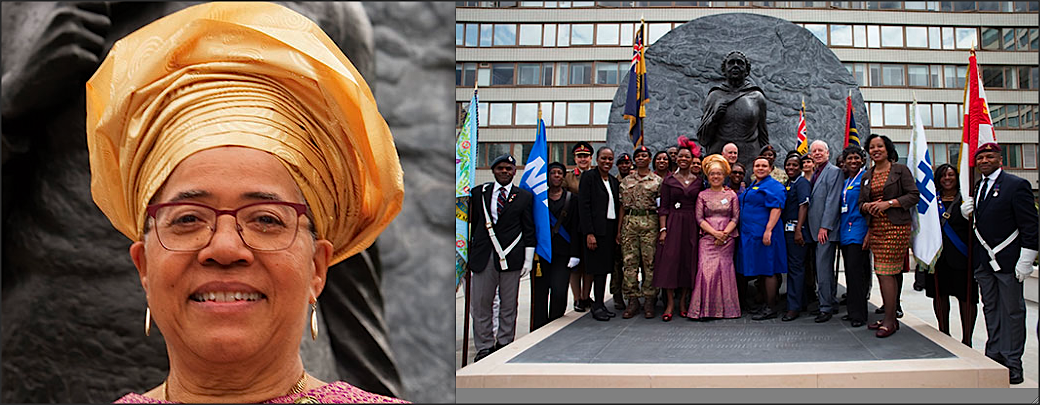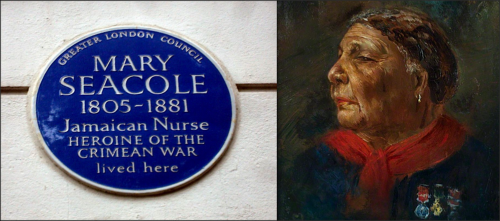#WomensHistoryMonth will, no doubt, have to compete with the usual flood of hashtags fighting to capture the 30-second social media attention span. In a fast-moving age such as ours where mobile phones, computer games and the internet are the chief preoccupations, the achievements of the likes of Crimean nurse Mary Seacole, Suffragette Emmeline Pankhurst and feminist trail-blazer Mary Wollenstonecraft. are in danger of being overlooked. This month the UK will be celebrating London’s greatest historic figures and providing talks, workshops, special exhibits and tours honouring those who have a legacy that permeates beyond the digital age.
A trip to the blue plaque in Soho Square honouring Jamaican nurse Mary Seacole will show you how times have changed since she lived there in Victorian times. It is now the London base for Pepe Jeans but just above their sign, her blue plaque goes unnoticed by the passing tourists. It reads: “Mary Seacole 1805-1881 Jamaican nurse heroine of the Crimean War lived here.” Although born in Jamaica of Scottish and creole parentage, she worked tirelessly for the British cause during the war. Her determination is something of legend because the War Office initially refused her offer to travel to the Crimean war front to help. Despite this, she travelled there anyway and set up safe quarters for sick and wounded soldiers.
Her efforts were not forgotten by the Britsh Army. After the war she faced poverty but these soldiers raised funds to prevent her from becoming totally destitute. However, it was not till over a hundred years after her death that her sacrifices became noted in history. Were it not for her determination to have her life documented, much of this vital information would have been lost. It was in 1857 while living at 14 Soho Square that she wrote her autobiography Wonderful Adventures of Mrs Seacole in Many Lands, which provided historians with the background to her life in Victorian England during the war.
 Professor Elizabeth Anionwu at the unveiling of Mary Seacole’s statue.
Professor Elizabeth Anionwu at the unveiling of Mary Seacole’s statue.
Elizabeth Anionwu, now Professor of Nursing at University of West London, formed The Mary Seacole Memorial Statue Appeal to campaign for a blue plaque and a statue. She pointed out to English Heritage that Seacole was in danger of being forgotten by today’s generation and noted that even Victorian society recognised Seacole’s status by giving her an obituary in the Times, the leading newspaper of the day. She has regained that standing today. After the reissue of her autobiography in 1984, her popularity increased and in 2004 was voted the Greatest Black Briton. Three years later, she gained her coveted blue plaque in Soho Square. The plaque was originally at one of her former homes at 157 George Street, Westminster but that building no longer stands – hence the switch.
Also, her 10-foot bronze statue now stands in the gardens of St Thomas’s Hospital; the first statue of a black woman in the UK ( this refers to a historic figure who actually existed and not a mythological or abstract representation).





